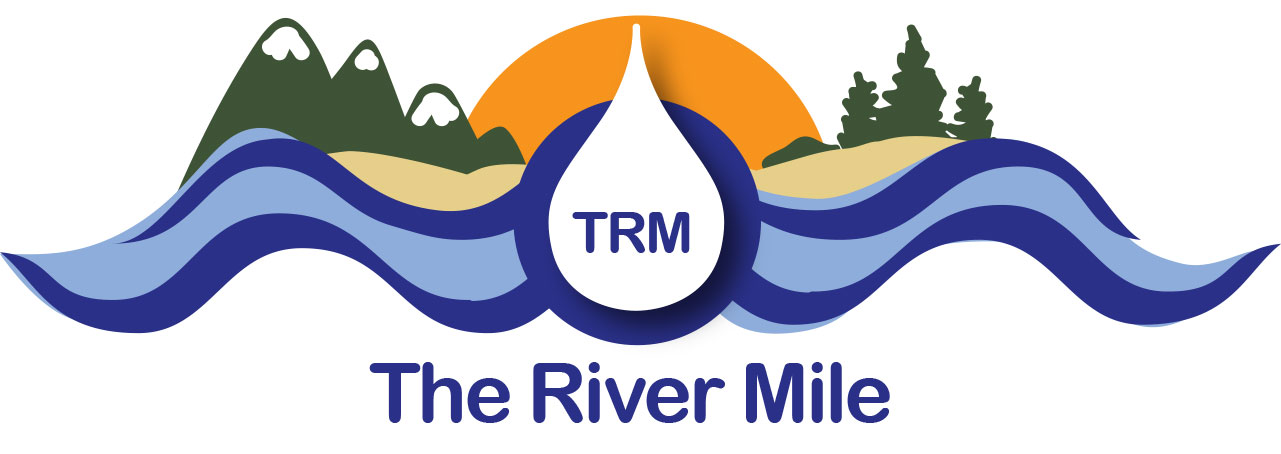Model Programs
Due to extensive interest in the program, and its unique sharing components, the programs developed for groups around Lake Roosevelt form a model program from which other groups can learn or conduct at their own sites. Click a Lake Roosevelt Program below to read the description.
The River Mile
A student’s first introduction to their site. Practice observation skills, plant and animal identification, and utilize the scientific method. Introduction to NatureMapping, “Sit Spots,” free exploration, plant and animal predictions, data collection and submission, and a brief introduction to water connections.
A hybrid of the “Habitat Observations” and “Inquiry Field Investigations” programs. Students examine their site for connections and systems. Systems thinking deepens our understanding of a place so students will be able to detect cause and effect at their site.
Students conduct simple field investigations and discuss the process and data. Field investigations include the following choices: water investigation, soil investigation, air temperature investigation or any combination.
Explores the connections between land and water through inquiry-based student directed activities. Students work in small groups and explore the connections they can detect in their laboratory area then formulate questions about those connections and the site. From these questions students design a research project/experiment which they conduct during the site visit. Group reports at the conclusion of the site visit focus upon what they learned, what they feel they would still like to know, how well their experiment worked and what they would need to do differently with their experiment in the future.
Information forthcoming.
A classroom program introducing students to the use of ArcGIS Online mapping tools. Requires each student have their own computer with access to the internet. Students learn how to access and navigate within the program and how to make and label base maps. Additional class sessions lead students through uploading data to their maps and utilizing and displaying data from site visits.
An introductory program exploring “how do I know if the water is polluted?” Students assess their sample sites for the impact of pollution on the lake water. They lay out transects and take data along the transect. One data set is of the beach area and possible impacts (e.g., evidence of animals and People), this group also takes a sample of lake water conduct total coliform bacteria tests to determine if there is any coliform present in their sampling area. Another group collects data of the shoreline vegetation. They lay out transects and then calculate the percentage and type of vegetation cover. Pre-program preparation by teachers includes Lesson 1 and lesson 2 from the “Water Quality of the Upper Columbia and Lake Roosevelt” educators’ guide. Post program lessons include Lesson 6 and Lesson 7 from the same guide. Explore testing to see if pollution is present and then discuss possible sources, solutions and experiment with filters.

